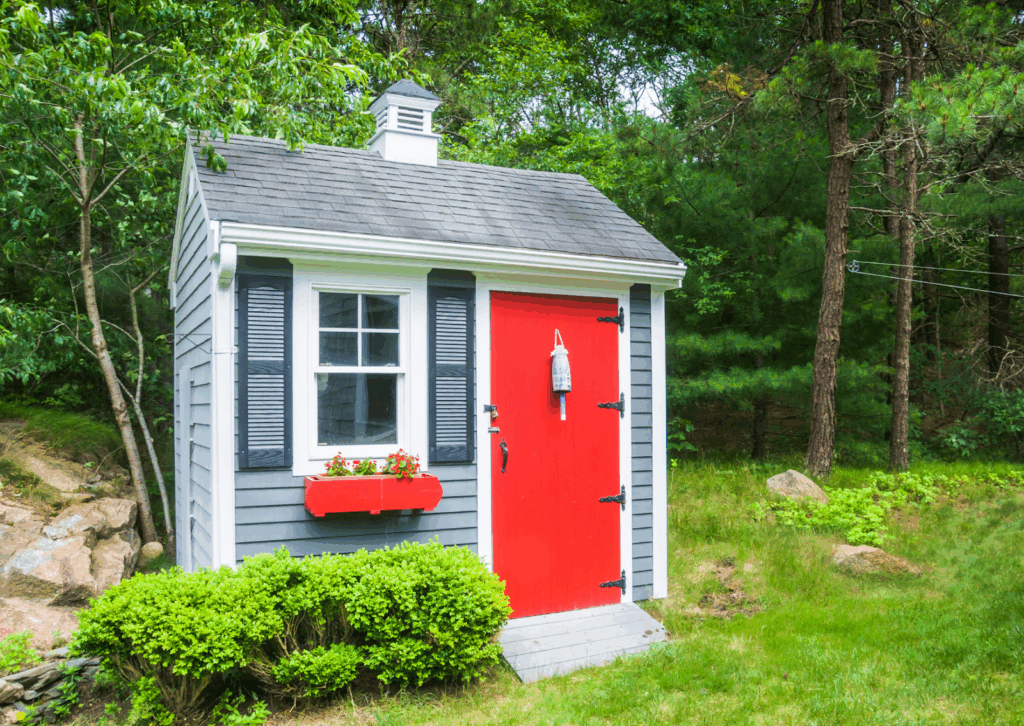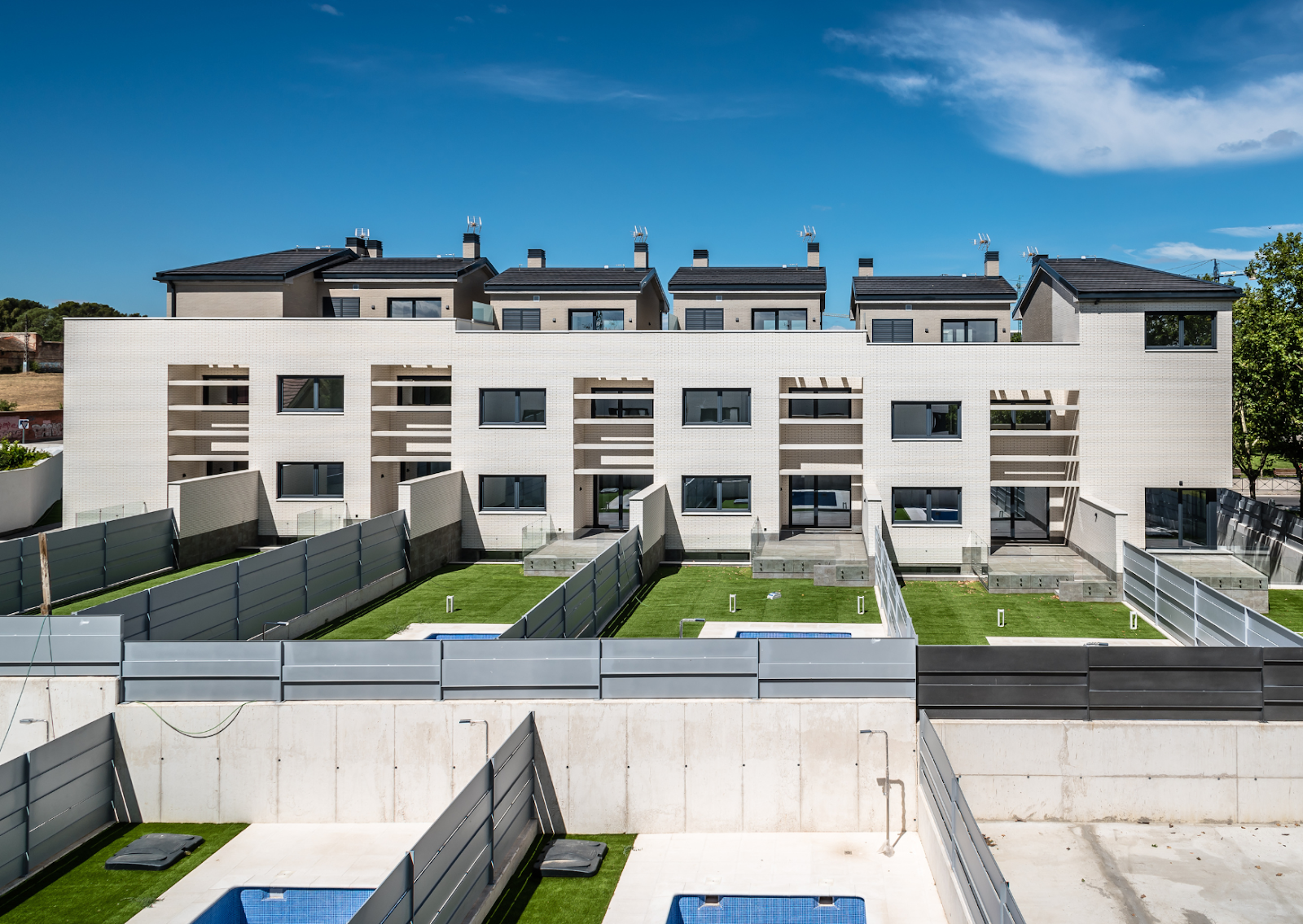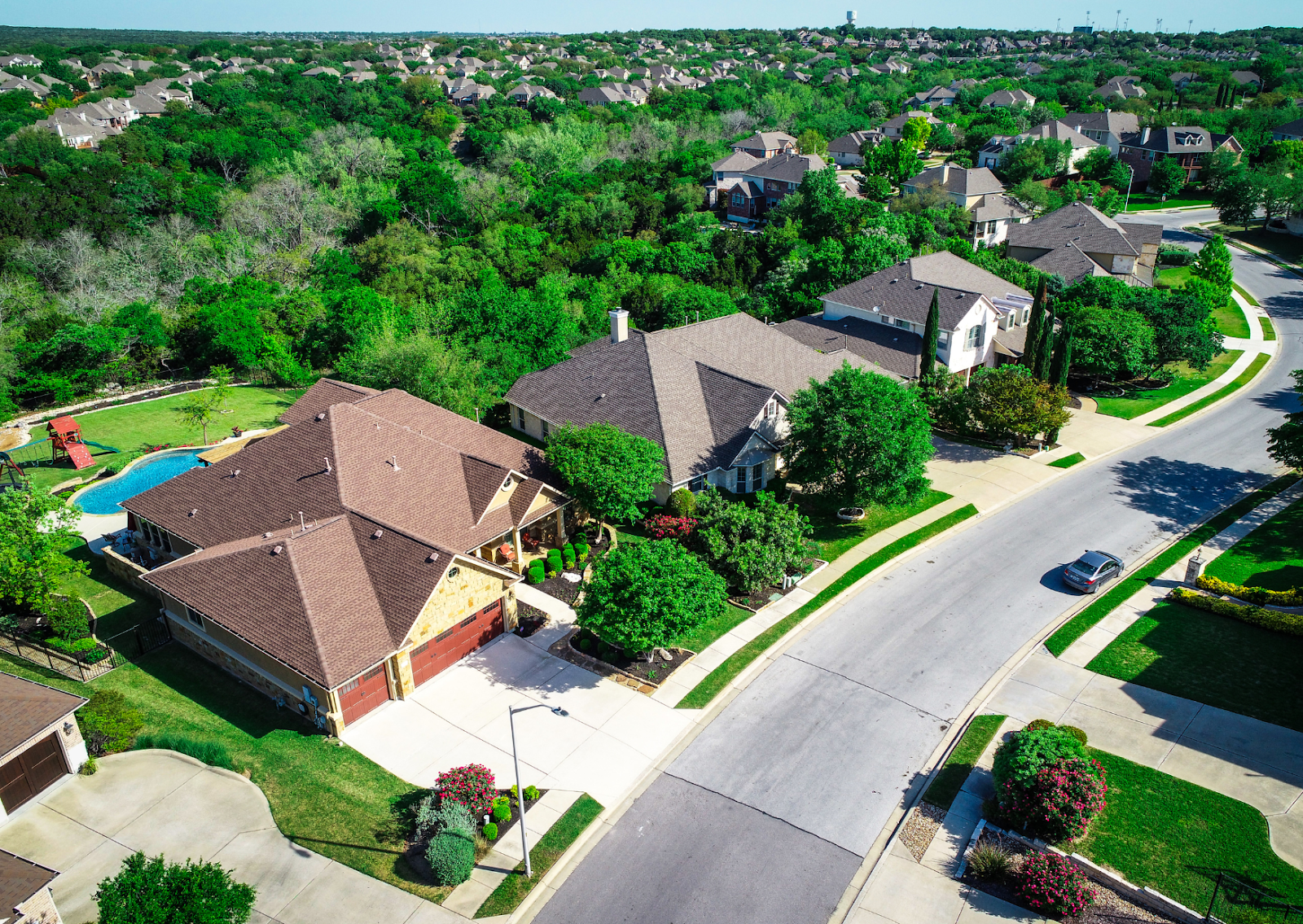Los Angeles is experiencing a housing crunch, and many homeowners are looking for ways to make the most out of their property. One increasingly popular solution? Building Accessory Dwelling Units (ADUs). Whether you’re thinking about adding a rental unit, creating a home for extended family, or simply maximizing your lot’s potential, understanding what goes into ADU construction in LA is essential. From design rules to permitting to costs and long-term value, this article answers the most important questions about building ADUs in Los Angeles.
What Is an Accessory Dwelling Unit (ADU) and Why Does It Matter?
Accessory Dwelling Units (ADUs) are small, self-contained residential units located on the same lot as a primary home. These spaces, often known as granny flats, in-law units, or backyard cottages, are fully equipped with a kitchen, bathroom, and sleeping area. What makes ADUs important is their ability to provide flexible housing options in urban environments that face housing shortages, like Los Angeles. In a city where real estate is costly and dense, ADUs offer a path to create additional homes without changing neighborhood layouts drastically.
According to the California Department of Housing and Community Development, ADUs are increasingly seen as an effective solution to meet housing needs across the state (California HCD).
How Are ADUs Being Used in Los Angeles?
In Los Angeles, ADUs are being used for multiple purposes: housing aging parents, providing space for adult children, offering rental income, and supporting multigenerational living. As home prices remain high, these units give homeowners more control over their property’s function. The city has taken proactive steps to simplify the ADU permitting process, helping more people build them legally and safely.
The Los Angeles Housing Department offers streamlined processes and incentives to encourage ADU development, recognizing their potential to alleviate the city’s housing crisis (LAHD).
What Are the Main Types of ADUs?
- Detached ADUs: Independent units, such as backyard cottages or converted garages.
- Attached ADUs: Built as additions to the primary residence, like a basement apartment.
- Interior Conversions: Spaces within the home (like attics or above-garage units) adapted for separate living.
Each type has different requirements regarding setbacks, height, and utilities, which must meet Los Angeles zoning laws.
What Are the Legal Requirements for Building an ADU in LA?
Los Angeles follows state-level mandates under Senate Bills 9 and 13, but also applies its own municipal codes. Builders must comply with zoning laws, which regulate:
- Unit size (maximum of 1,200 sq ft for detached ADUs)
- Setbacks (typically 4 feet from property lines)
- Height limits (16-25 feet, depending on type)
- Parking exemptions (in certain zones)
- Permit and inspection requirements
It’s essential to refer to the Los Angeles Department of Building and Safety (LADBS) for updated ADU guidelines.
What Permits and Documents Are Required Before Construction?
Before building begins, homeowners must obtain multiple approvals:
- Site plan approval from LADBS
- Building permits
- Potential review from utility providers
- Environmental review in some cases
Skipping any of these can lead to fines or orders to remove unapproved structures. Professional guidance is highly recommended to navigate this complex process.
How Much Does It Cost to Build an ADU in Los Angeles?
The cost to build an ADU in Los Angeles ranges from $150,000 to over $350,000, depending on the size, design, and location. Factors that affect pricing include:
- Whether the unit is detached or attached
- Site conditions (grading, soil, access)
- Utilities and infrastructure
- Design preferences and materials
- Permitting and inspection fees
While initial investment is significant, the potential for rental income or multigenerational living often offsets long-term costs.
Can ADUs Be Rented Out Legally?
Yes. In Los Angeles, ADUs can be rented out as long-term housing (30 days or more). However, short-term rentals (like Airbnb) are generally prohibited for ADUs unless the property owner resides on-site.
Homeowners must also register the ADU with the Los Angeles Housing Department and comply with the Rent Stabilization Ordinance (RSO) if applicable. It’s essential to verify specific conditions based on your property’s zoning and location.
How Can ADUs Increase Property Value and Income?
Adding an ADU can significantly increase property value by adding livable square footage and a secondary revenue stream. According to Freddie Mac, ADUs boost home value by an average of 20% (Freddie Mac). In Los Angeles, where rents are high, a well-designed ADU could generate $2,000–$3,500/month in income depending on location.
This revenue can help cover mortgages, taxes, or retirement savings, making ADUs a strong investment for homeowners.
What Design Considerations Should You Think About?
Designing an ADU in Los Angeles means considering aesthetics, function, and compliance. Here are three important areas:
How Can You Match the ADU to Your Main Home?
Design cohesion matters. Many homeowners opt to replicate the architectural style, materials, and color palette of the main home for visual consistency.
What Interior Layouts Work Best?
Since space is limited, open floor plans and multi-functional furniture help maximize usability. Efficient kitchen and bathroom layouts can enhance comfort without overcrowding.
How Do You Ensure Accessibility and Privacy?
Private entrances, soundproofing, and fencing can provide independence for both the ADU occupant and the main home’s residents.
What Should You Know About Financing an ADU?
Financing can be done through:
- Home equity loans or HELOCs
- Cash-out refinancing
- Renovation loans (like Fannie Mae’s HomeStyle)
- Construction loans
- ADU-specific financing programs (e.g., CalHFA ADU Grant Program)
Many Los Angeles homeowners qualify for state-sponsored programs offering grants up to $40,000 to cover pre-development costs (CalHFA).
How Do ADUs Affect Neighborhoods and Communities?
While ADUs improve affordability and diversity, some residents voice concerns about parking, traffic, and density. To address this, the city allows exemptions from parking if near transit or in historic zones. Neighborhood councils and city planning commissions are continuously involved in balancing growth and community integrity.
ADUs can support walkable neighborhoods and better use of infrastructure when thoughtfully planned.
How Can MID Construction Group Help You Build an ADU in LA?
If you’re considering building an ADU in Los Angeles, working with experienced professionals is key. MID Construction Group offers comprehensive services tailored to every phase of ADU development. Their expertise spans across pre-construction planning and permitting, architecture and engineering, and full property development, including ground-up construction and ADU-specific builds.
With over 1,500 successful projects, MID Construction Group ensures compliance with all local regulations, precise execution, and seamless project management from concept to completion. Whether you’re converting a garage or building a detached unit from scratch, they bring clarity, structure, and reliability to the process.
From detached garage conversions to luxury guest houses, MID Construction Group helps homeowners navigate the complexities of LA’s building landscape with confidence.
What’s the Bottom Line About ADUs in Los Angeles?
Accessory Dwelling Units (ADUs) are reshaping how Angelenos think about housing. They provide flexibility, promote affordability, and make better use of existing lots. Whether you’re looking to support family members, gain rental income, or increase property value, ADUs can be a powerful solution.
But success depends on understanding local rules, designing thoughtfully, and hiring the right team. Start your journey with a knowledgeable partner—because building an ADU in Los Angeles isn’t just construction, it’s a smart investment in your future.
Works Cited
California Department of Housing and Community Development. “Accessory Dwelling Units.” hcd.ca.gov, https://www.hcd.ca.gov/policy-research/accessorydwellingunits.shtml. Accessed 11 June 2025.
City of Los Angeles Housing Department. “Accessory Dwelling Units (ADUs).” housing.lacity.org, https://housing.lacity.org/adu. Accessed 11 June 2025.
Freddie Mac. “ADUs: Adding Supply to America’s Housing Market.” freddiemac.com, https://www.freddiemac.com/research/insight/20201112-accessory-dwelling-units.page. Accessed 11 June 2025.
Los Angeles Department of Building and Safety. “Build Safe | Well.” ladbs.org, https://www.ladbs.org/. Accessed 11 June 2025.
California Housing Finance Agency (CalHFA). “ADU Grant Program.” calhfa.ca.gov, https://www.calhfa.ca.gov/adu/. Accessed 11 June 2025.
Frequently Asked Questions
1. How much does it cost to build an ADU in Los Angeles?
The cost of building an ADU in Los Angeles typically ranges from $150,000 to over $350,000. Factors like whether the unit is detached or attached, site conditions, infrastructure, and design choices all influence the total cost.
2. Are ADUs legal to rent out in Los Angeles?
Yes, ADUs can be rented out legally as long-term housing (30 days or more). Short-term rentals are generally not allowed unless the homeowner lives on-site. Registration with the Los Angeles Housing Department may also be required.
3. What permits do I need before building an ADU?
You’ll need building permits, site plan approval, and possibly reviews from utility providers and environmental agencies. It's best to consult the Los Angeles Department of Building and Safety for current requirements.
4. What types of ADUs can I build on my property?
Los Angeles allows three main types of ADUs: detached units (like backyard cottages), attached additions to your main home, and internal conversions of spaces like basements or garages.
5. How can ADUs add value to my property?
ADUs can increase property value by up to 20%, according to Freddie Mac. They also offer rental income potential, helping homeowners offset mortgage and maintenance costs.





